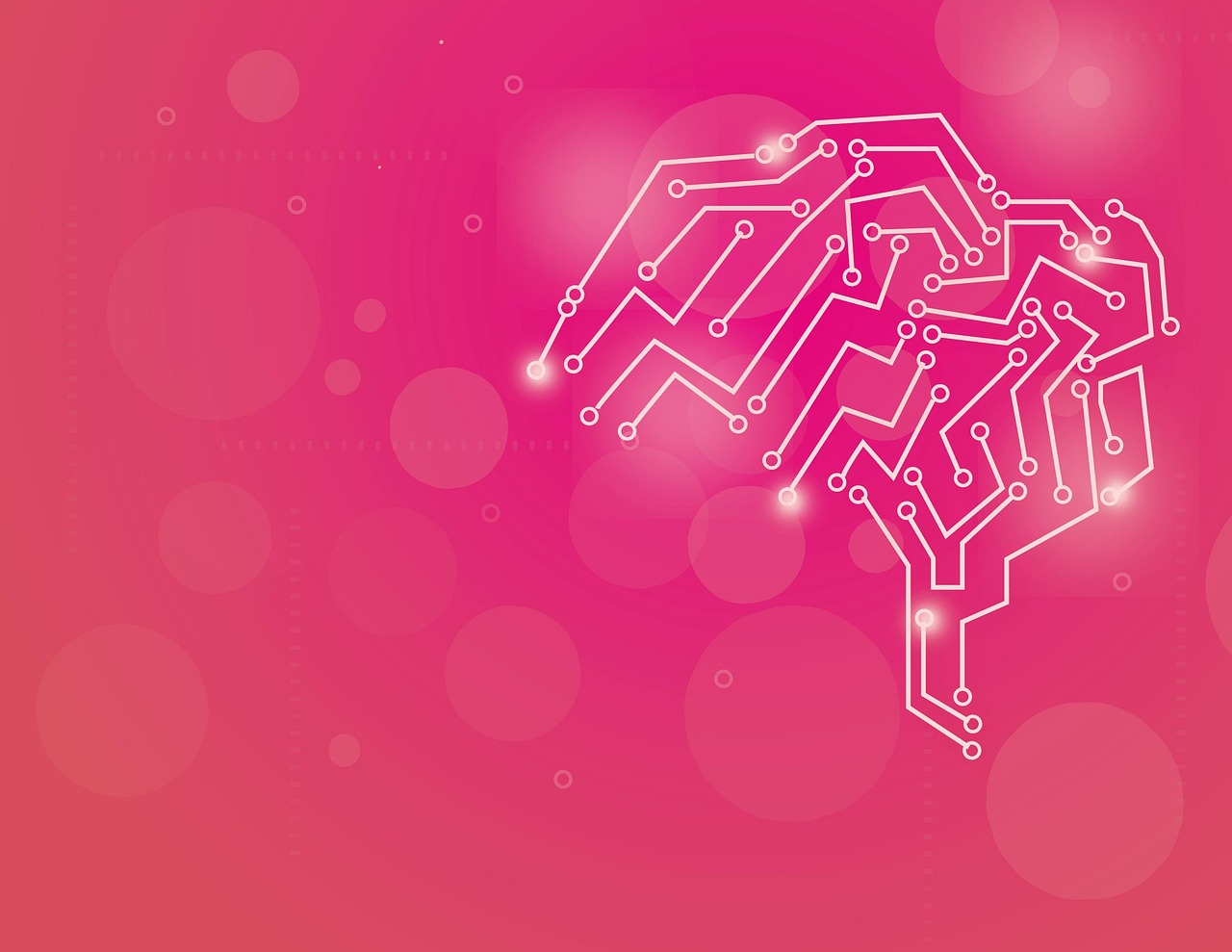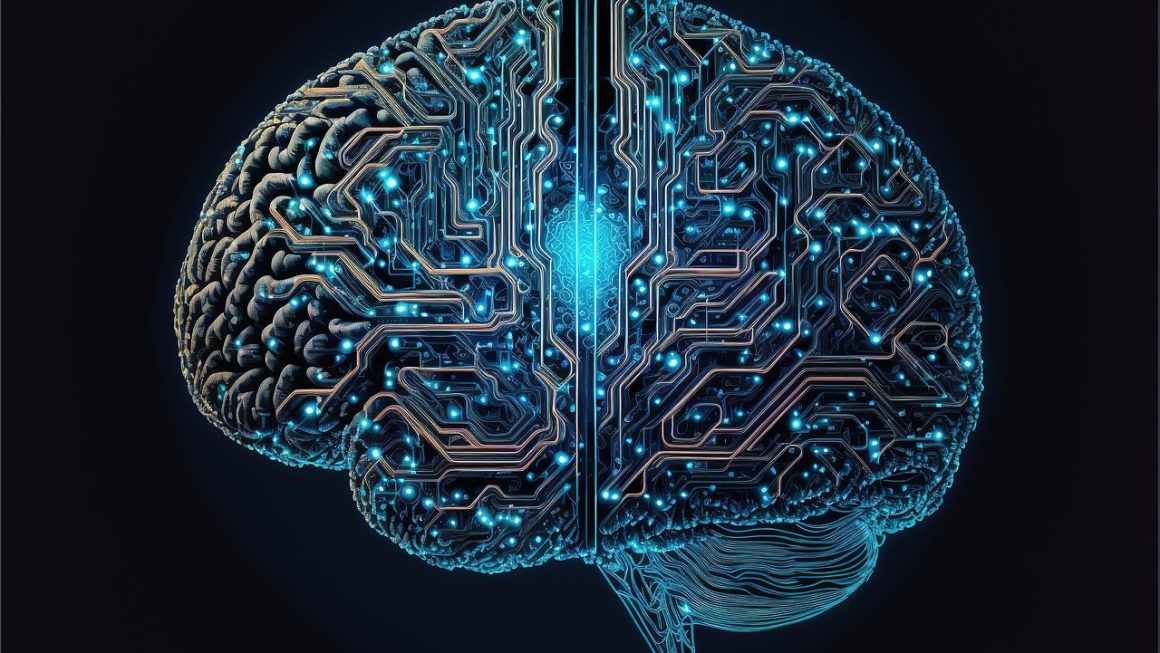AI is rapidly transforming industries, and at the heart of this revolution are powerful AI frameworks. These frameworks provide developers with the tools, libraries, and resources needed to build, train, and deploy machine learning models efficiently. Understanding AI frameworks is crucial for anyone looking to leverage artificial intelligence in their projects, from simple applications to complex enterprise solutions. Let’s dive into the world of AI frameworks and explore their capabilities.
What are AI Frameworks?
Definition and Purpose
AI frameworks, also known as machine learning frameworks, are collections of pre-built, optimized code and tools that streamline the development of AI applications. They provide a high-level interface to simplify complex tasks like:
- Model building
- Training
- Evaluation
- Deployment
Essentially, they abstract away much of the underlying mathematical and computational complexities, allowing developers to focus on the problem they’re trying to solve. Using a framework, you don’t have to write everything from scratch, which significantly speeds up development time.
Key Components of AI Frameworks
Most AI frameworks include the following components:
- Tensor Operations: Efficiently handle and manipulate multi-dimensional arrays (tensors), which are the fundamental data structures in machine learning.
- Automatic Differentiation: Automatically compute gradients, which are essential for training neural networks using techniques like backpropagation.
- Optimizers: Algorithms for updating model parameters to minimize the loss function during training. Examples include Adam, SGD, and RMSprop.
- Neural Network Layers and Architectures: Pre-defined building blocks for constructing various types of neural networks, such as convolutional neural networks (CNNs) and recurrent neural networks (RNNs).
- Data Loading and Preprocessing: Tools for efficiently loading and preparing data for training, including data augmentation techniques.
- Deployment Tools: Mechanisms for deploying trained models to different environments, such as cloud servers, mobile devices, or embedded systems.
Popular AI Frameworks
TensorFlow
TensorFlow, developed by Google, is one of the most widely used AI frameworks. It offers a comprehensive ecosystem for building and deploying machine learning models.
- Key Features:
Supports both Python and C++
Flexible and scalable, suitable for research and production
Strong community support and extensive documentation
TensorBoard for visualizing model training
TensorFlow Lite for deploying models on mobile and embedded devices
TPU support for accelerated training
- Example Use Cases:
Image recognition and classification
Natural language processing (NLP) tasks like sentiment analysis and machine translation
Recommender systems
Time series analysis
- Actionable Takeaway: TensorFlow is a great choice for projects requiring high flexibility and scalability, especially when deploying to various platforms.
PyTorch
PyTorch, developed by Facebook (Meta), has gained significant popularity due to its ease of use and dynamic computation graph.
- Key Features:
Python-first design, making it intuitive for Python developers
Dynamic computation graph allows for more flexible model building
Strong support for research and experimentation
Excellent GPU acceleration
TorchServe for model deployment
- Example Use Cases:
Computer vision tasks
NLP research
Generative models (GANs, VAEs)
Reinforcement learning
- Actionable Takeaway: PyTorch is favored by researchers and those who value flexibility and rapid prototyping. Its Python-centric design makes it easier to learn and use.
Keras
Keras is a high-level API for building and training neural networks. It can run on top of TensorFlow, Theano, or CNTK.
- Key Features:
Simple and intuitive API
Focus on user experience and ease of use
Modular design allows for flexible model building
Built-in support for common neural network layers and optimizers
- Example Use Cases:
Quickly prototyping machine learning models
Building simple to moderately complex neural networks
Educational purposes due to its ease of use
- Actionable Takeaway: Keras is ideal for beginners and those who prioritize simplicity and rapid model development. It’s a great starting point for learning about neural networks.
Scikit-learn
Scikit-learn is a comprehensive library for classical machine learning algorithms. While not a deep learning framework like TensorFlow or PyTorch, it’s invaluable for a wide range of tasks.
- Key Features:
Simple and consistent API
Wide range of algorithms, including classification, regression, clustering, and dimensionality reduction
Excellent documentation and examples
Built-in tools for model selection, evaluation, and cross-validation
- Example Use Cases:
Predictive analytics
Data mining
Classification and regression problems
Clustering analysis
- Actionable Takeaway: Scikit-learn is a must-have tool for any data scientist or machine learning practitioner. It provides a wealth of algorithms and tools for solving a wide range of problems.
Choosing the Right Framework
Factors to Consider
Selecting the appropriate AI framework depends on several factors:
- Project Requirements: Consider the complexity of your project, the types of models you need to build, and the target deployment environment.
- Team Expertise: Choose a framework that your team is familiar with or is willing to learn.
- Community Support: A strong community provides ample resources, tutorials, and support.
- Performance: Evaluate the framework’s performance on your specific hardware and datasets.
- Deployment Options: Ensure the framework supports the deployment options you need (e.g., cloud, mobile, embedded).
Comparison Table
| Framework | Strengths | Weaknesses | Use Cases |
|————–|——————————————————————–|———————————————————————–|——————————————————————————|
| TensorFlow | Scalability, flexibility, production-ready, extensive ecosystem | Steeper learning curve compared to PyTorch | Large-scale deployments, complex models, diverse applications |
| PyTorch | Ease of use, dynamic computation graph, research-friendly | Less mature deployment ecosystem compared to TensorFlow | Research, rapid prototyping, computer vision, NLP |
| Keras | Simplicity, user-friendliness, rapid prototyping | Less flexible than TensorFlow or PyTorch | Quick model development, educational purposes, simple to medium complexity |
| Scikit-learn | Comprehensive classical ML algorithms, ease of use, excellent documentation | Not suitable for deep learning models | Data mining, predictive analytics, classification and regression |
Practical Tips
- Start with a specific problem: Instead of trying to learn everything at once, focus on solving a specific problem using a framework.
- Follow tutorials and examples: Leverage the wealth of online resources to learn the basics and build your skills.
- Contribute to the community: Share your knowledge and experiences with others to help grow the community and improve the framework.
- Experiment with different frameworks: Don’t be afraid to try different frameworks to find the one that best suits your needs.
The Future of AI Frameworks
Emerging Trends
AI frameworks are constantly evolving, with several emerging trends shaping their future:
- AutoML: Automated machine learning tools are being integrated into frameworks to simplify model selection, hyperparameter tuning, and feature engineering.
- Edge Computing: Frameworks are being optimized for deployment on edge devices, enabling real-time inference and reducing latency.
- Explainable AI (XAI): Tools for understanding and interpreting model predictions are becoming increasingly important, allowing users to trust and debug AI systems.
- Federated Learning: Frameworks are incorporating federated learning capabilities, enabling training on decentralized data without compromising privacy.
Impact on Industries
These advancements in AI frameworks are poised to have a significant impact on various industries:
- Healthcare: Improved diagnostics, personalized medicine, and drug discovery.
- Finance: Fraud detection, risk management, and algorithmic trading.
- Manufacturing: Predictive maintenance, quality control, and process optimization.
- Retail: Personalized recommendations, supply chain optimization, and automated customer service.
Conclusion
AI frameworks are the backbone of modern artificial intelligence, providing developers with the essential tools and resources to build, train, and deploy machine learning models effectively. By understanding the different frameworks available and their respective strengths and weaknesses, you can make informed decisions about which one to use for your specific project. As AI continues to evolve, staying up-to-date with the latest trends in AI frameworks is crucial for remaining competitive and leveraging the full potential of artificial intelligence.




